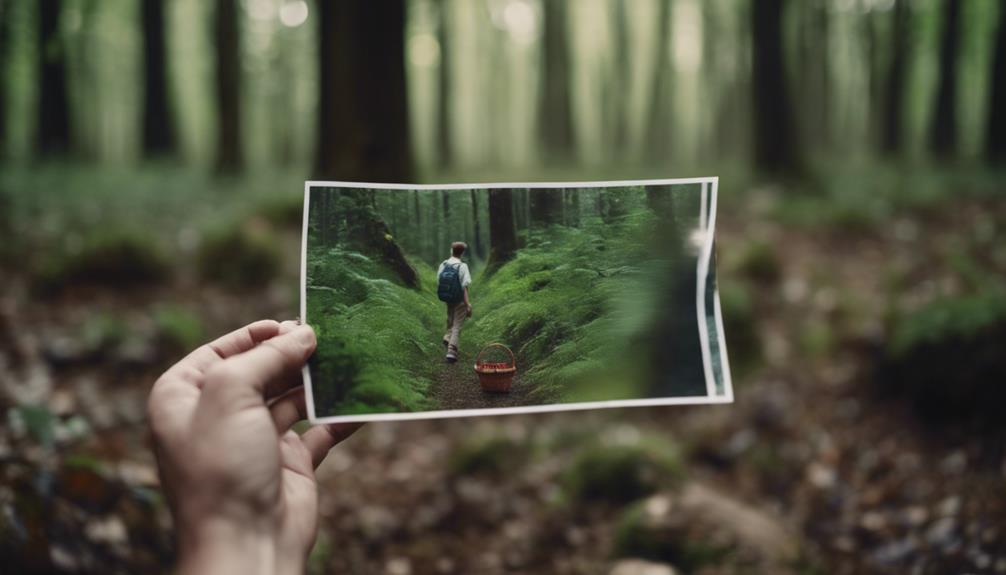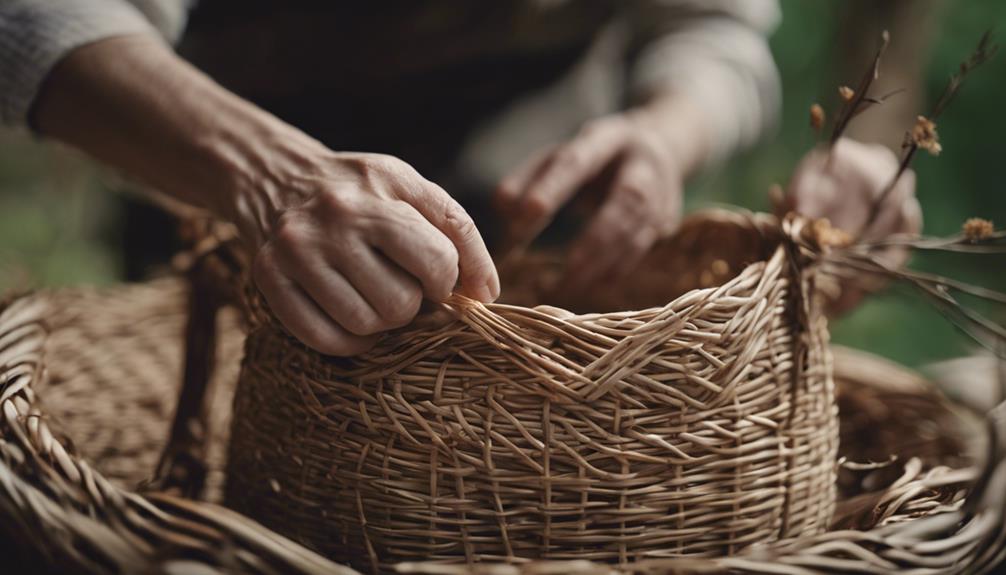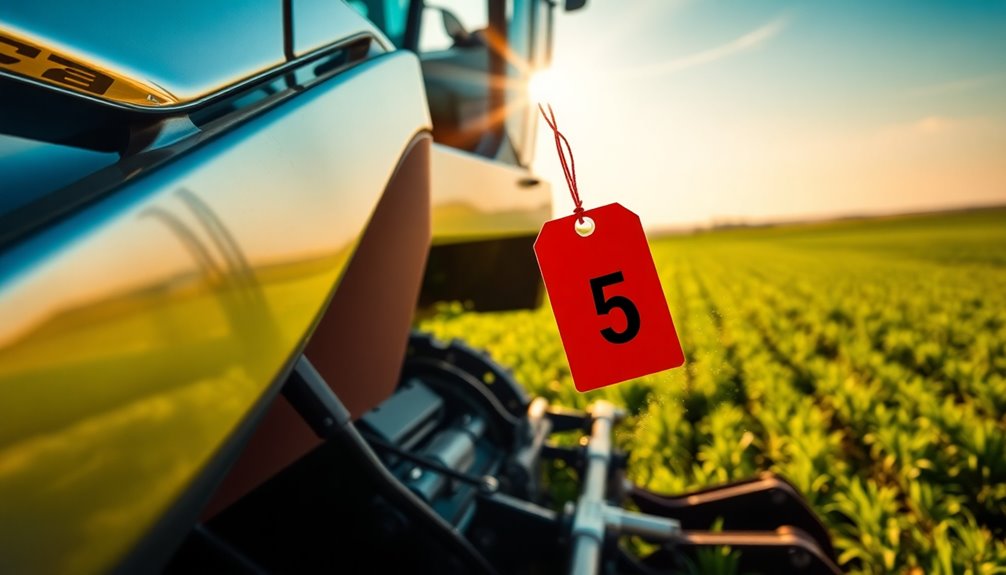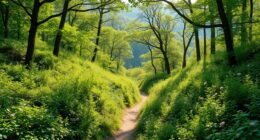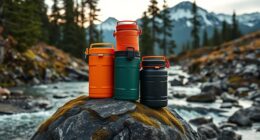Begin your foraging journey confidently! Start by understanding forest ecosystems rich in edible treasures. Learn to identify plants accurately for safety. Explore seasonal opportunities from spring’s ramps to fall’s nuts. Enjoy fresher, more nutritious foraged foods with unique flavors. Connect with foraging communities for support and knowledge. Practice sustainable techniques to protect nature’s bounty. Remember, gather responsibly, respecting wildlife and the environment. Ready to discover more about the art of foraging?
Key Takeaways
- Understand forest ecosystems for diverse foraging opportunities.
- Prioritize plant identification for safety and edibility.
- Explore seasonal foraging opportunities for varied harvests.
- Connect with foraging communities for support and knowledge.
- Practice sustainable foraging methods to preserve ecosystems.
Understanding Forest Ecosystems
To begin your foraging adventure, grasp the intricacies of forest ecosystems where plants, animals, fungi, and microorganisms harmonize to support life.
Forest ecosystems are intricate networks where different organisms interact to create diverse habitats and food sources. When foraging, understanding these ecosystems is essential as they provide a rich tapestry of resources, including edible plants and wild edibles.
Within forest ecosystems, various zones like the canopy, understory, and forest floor play vital roles in supporting different plant and animal species. Foragers must learn to navigate these zones to locate edible plants and fungi safely.
Plant Identification and Safety Tips
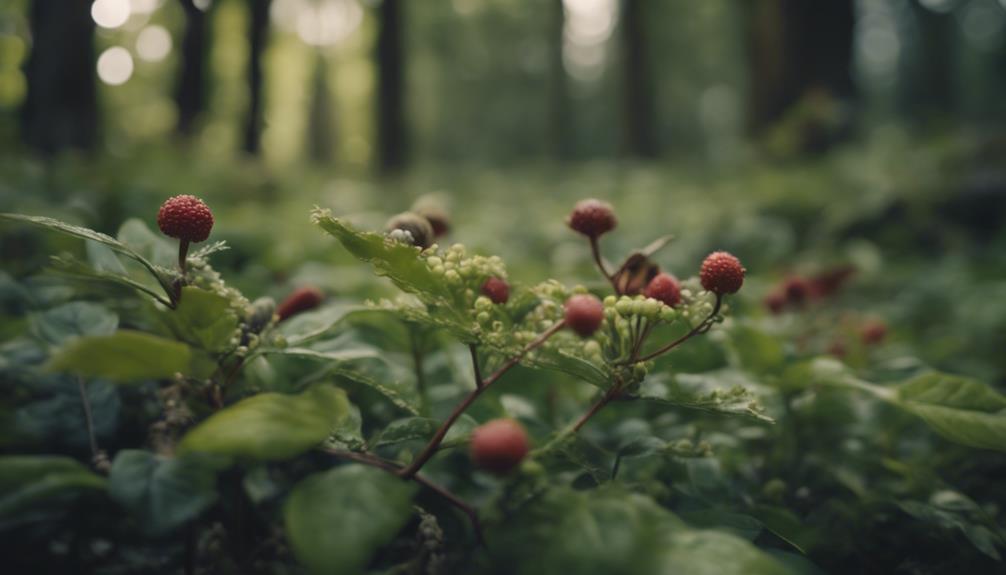
Proper identification of plants is essential for safe foraging, preventing any potential risks from misidentification. Before consuming any wild plants, it's important to conduct edibility tests and thorough research to avoid poisoning.
Always carry a first aid kit, water, and snacks when foraging to stay prepared for any situation that may arise. Remember to obtain landowner permission before foraging on private property to respect property rights and regulations.
When identifying wild plants, pay close attention to key features such as leaf shape, color, and arrangement, as well as the plant's overall growth pattern. Take note of any distinguishing characteristics that can help differentiate between similar-looking species.
Additionally, be cautious of toxin-exposed areas like industrial sites, roadsides, and polluted regions while foraging for wild edibles. These areas may pose health risks due to contamination, so it's best to avoid them altogether.
Seasonal Foraging Opportunities

Seasonal foraging offers a diverse array of wild edibles throughout the year. In spring, you can look forward to delicacies like ramps, fiddleheads, and morel mushrooms.
As the seasons change, fall reveals treasures like nuts, seeds, and fruits waiting to be discovered.
Spring Foraging Finds
During the spring season, you'll discover a bounty of wild edibles such as ramps, morels, and fiddlehead ferns while foraging. These nutrient-rich plants and fungi offer a perfect opportunity for culinary exploration as you step into the world of foraging. Spring foraging not only provides a chance to enjoy fresh, seasonal ingredients but also allows you to connect with nature on a deeper level.
As a beginner forager, it's important to learn how to identify these spring foraging finds accurately. Understanding the distinguishing features of ramps, morels, and fiddlehead ferns guarantees a safe and rewarding foraging experience.
Remember to practice sustainable harvesting techniques to protect the ecosystem and preserve these natural treasures for future foragers.
Fall Foraging Treasures
As the seasons shift from spring to fall, your foraging adventures will lead you to a new array of treasures waiting to be discovered in the bountiful autumn landscape. Fall brings an abundance of foraging treasures like wild mushrooms, nuts, berries, and roots. Seasonal changes in temperature and daylight trigger plants to produce fruits, seeds, and tubers for foragers to harvest. Popular fall forage items include chestnuts, acorns, wild apples, and cranberries. Foragers can enjoy the flavors of autumn by collecting persimmons, pawpaws, and rose hips. Fall is an excellent time for beginners to start foraging as many plants are easily identifiable and abundant.
| Foraging Treasures | Description |
|---|---|
| Wild Mushrooms | Abundant in various species, be cautious with identification. |
| Nuts | Look for chestnuts, acorns, and hazelnuts in the wild. |
| Berries | Enjoy picking cranberries and wild apples for a tasty treat. |
| Roots | Dig up roots like burdock or chicory for culinary uses. |
Benefits of Foraged Foods

Enjoy the numerous advantages of incorporating foraged foods into your diet. Wild foods obtained through foraging aren't only fresher but also more nutritious compared to store-bought produce. These untamed edibles are free from the chemicals often present in commercially grown foods, making them a wholesome choice for your meals.
Additionally, foraged foods can introduce you to unique flavors and textures, elevating your culinary experiences and broadening your taste preferences.
Engaging in foraging creates a profound connection with nature, fostering a deeper appreciation for the environment and the food it provides. As you learn to identify and harvest wild plants, you'll experience a sense of empowerment and self-sufficiency.
Furthermore, sustainable foraging practices contribute to biodiversity, reduce food waste, and support local ecosystems. By incorporating foraged foods into your diet, you not only nourish your body but also contribute to the preservation of the natural world around you.
Connecting With Foraging Communities
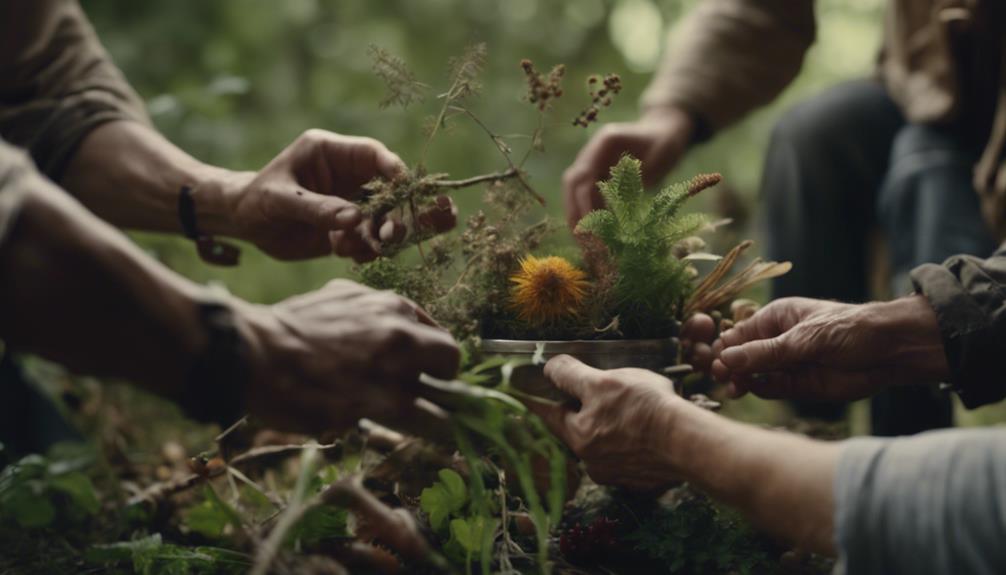
To begin connecting with foraging communities, consider joining online forums like The Foragers Digest for valuable seasonal updates and discussions.
Attending local workshops can provide hands-on experience and opportunities to collaborate with like-minded individuals on exciting foraging projects.
Engaging on social media platforms can also help you build a supportive community for learning and exploring wild edibles.
Joining Online Forums
Engage with online forums to immerse yourself in vibrant foraging communities and expand your knowledge and skills in the world of wild edibles. By joining these forums, you gain access to a wealth of information, connect with experienced foragers, and participate in discussions covering plant identification, harvesting techniques, and safety precautions. These online platforms offer a supportive environment for beginners to seek advice, recommendations, and resources for their foraging journey.
| Foraging Communities | Plant Identification | Harvesting Techniques |
|---|---|---|
| Connect with experienced foragers | Learn to identify various wild plants | Discover effective harvesting methods |
| Share knowledge and experiences | Gain insights into plant characteristics | Understand sustainable harvesting practices |
| Learn about local flora and foraging spots | Discuss common mistakes in plant identification | Explore different tools and equipment for harvesting |
Attending Local Workshops
Explore local workshops as a valuable opportunity to immerse yourself in hands-on learning experiences and connect with like-minded foraging enthusiasts in your community. Here are some key benefits of attending these workshops:
- Hands-On Learning: Workshops offer practical experiences in plant identification, harvesting techniques, and foraging ethics, allowing you to develop essential skills directly in the field.
- Community Connection: Engaging with foraging communities provides a platform for knowledge sharing, networking opportunities, and mentorship, fostering a sense of belonging and support in your foraging journey.
- Focus on Sustainability: Many workshops cover topics like wild edibles, medicinal plants, and sustainable foraging practices, helping you understand the importance of responsible foraging and conservation of local ecosystems.
Engaging on Social Media
Discover a vibrant online community of foragers by engaging with social media platforms, connecting with like-minded individuals, and expanding your knowledge base.
Joining foraging communities on platforms like Facebook groups and Instagram can provide valuable insights, tips, and resources for beginners.
Engaging with experienced foragers and enthusiasts on social media can help you connect with like-minded individuals and expand your knowledge base.
Follow hashtags like #foraging, #wildedibles, and #wildfood on platforms like Twitter and Instagram to access a wealth of information and inspiration.
Participating in online discussions and sharing your own foraging experiences can foster a sense of community and support in your foraging journey.
Social media platforms serve as virtual foraging guides, offering real-time updates on seasonal finds, identification tips, and foraging events in your area.
Sustainable Foraging Practices

To practice sustainable foraging, make sure you harvest only a quarter of a plant to promote regrowth and leave ample resources for others and wildlife. Responsible foragers obtain landowner permission, avoid toxin-exposed areas, and clean up trash to protect the environment.
Understanding the reproductive patterns of wild plants helps foragers harvest in a way that supports the natural ecosystem. Here are three essential tips to help you engage in sustainable foraging practices:
- Harvest Responsibly: Gather only what you need, leaving the majority of the plant untouched for regrowth and to support local wildlife.
- Respect the Environment: Obtain necessary permits, avoid areas with pollution, and always clean up after yourself to preserve the natural surroundings.
- Learn and Educate: Take the time to understand the lifecycle of the plants you forage, share knowledge with fellow foragers, and contribute to the sustainability of the ecosystem.
Frequently Asked Questions
How Do Beginners Do Forage?
To forage as a beginner, start by learning plant identification with guides and online resources. Join local groups or classes for hands-on experience. Understand safe edibles, ethics, and sustainable practices. Carry essentials like a first aid kit.
How to Get Started in Foraging?
Ready to commence on your foraging journey? Begin by learning about local plants, joining foraging groups, and using identification apps. Start with easy plants and focus on safety. You'll soon be exploring nature's bounty!
What Is the Golden Rule of Foraging?
When foraging, the golden rule is to always positively identify plants before harvesting. This guarantees safety, avoids harmful lookalikes, and promotes responsible practices. Research, use field guides, apps, and expert advice for accurate identification.
What Are the 9 Rules to Follow When Finding Edible Plants?
When finding edible plants, make sure confident identification, know safe edible parts, carry essentials, harvest sustainably by taking only 1/4 of a plant, and obtain landowner permission on private property. These essential rules safeguard your foraging adventure.
Conclusion
To sum up, foraging isn't only a fun and rewarding outdoor activity, but it also offers a chance to connect with nature and enjoy the benefits of fresh, wild foods.
Did you know that foraging can help reduce food waste and promote sustainable practices? By harvesting wild edibles responsibly, you can play a part in preserving our natural ecosystems for future generations to enjoy.
So grab your basket and get ready to explore the bountiful world of foraging!

